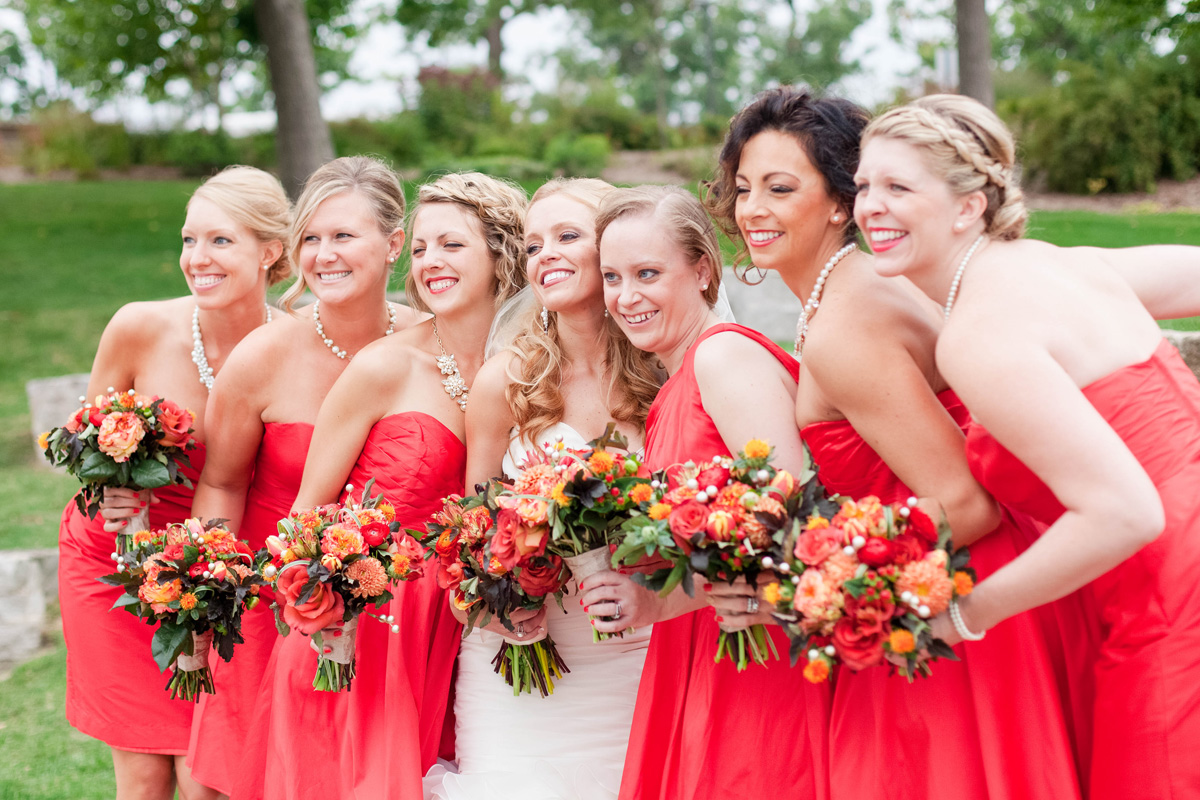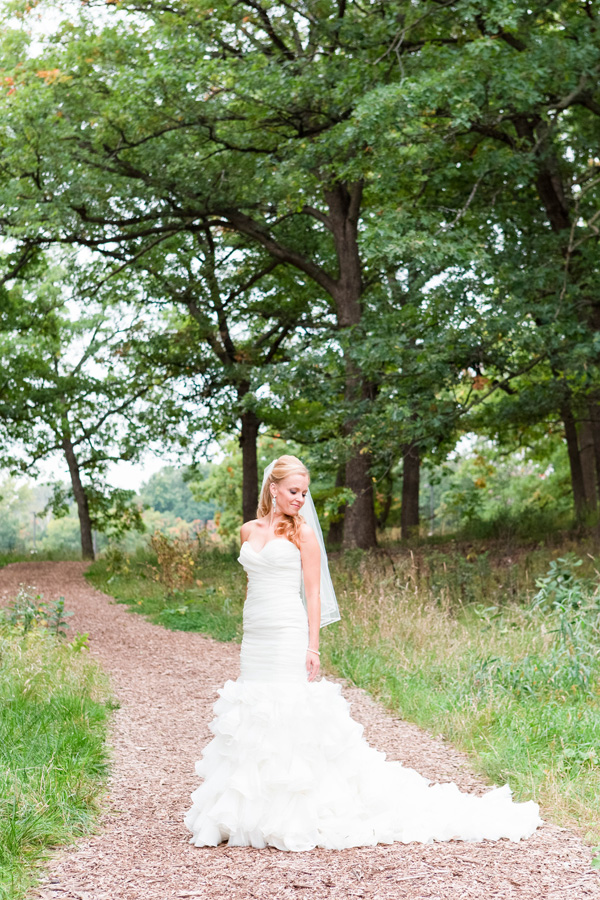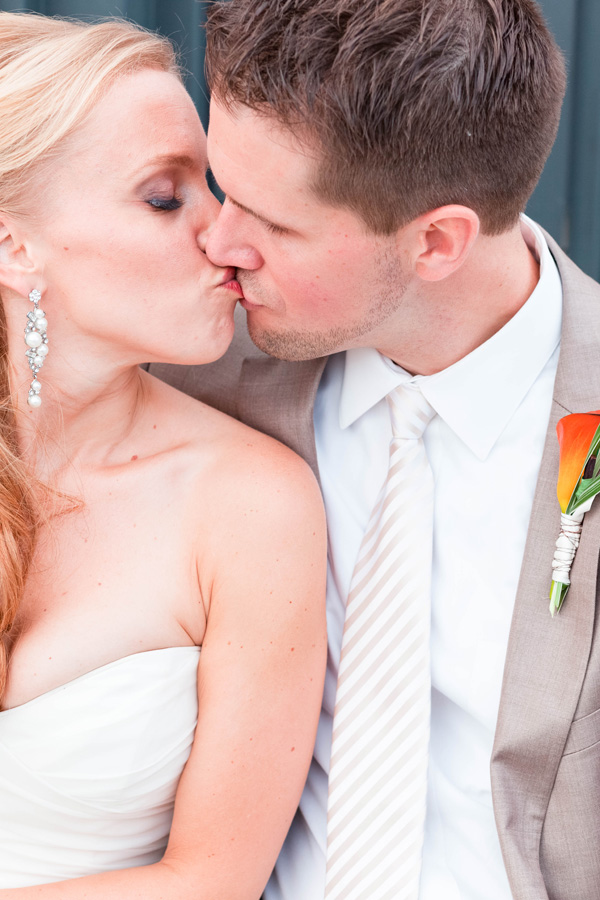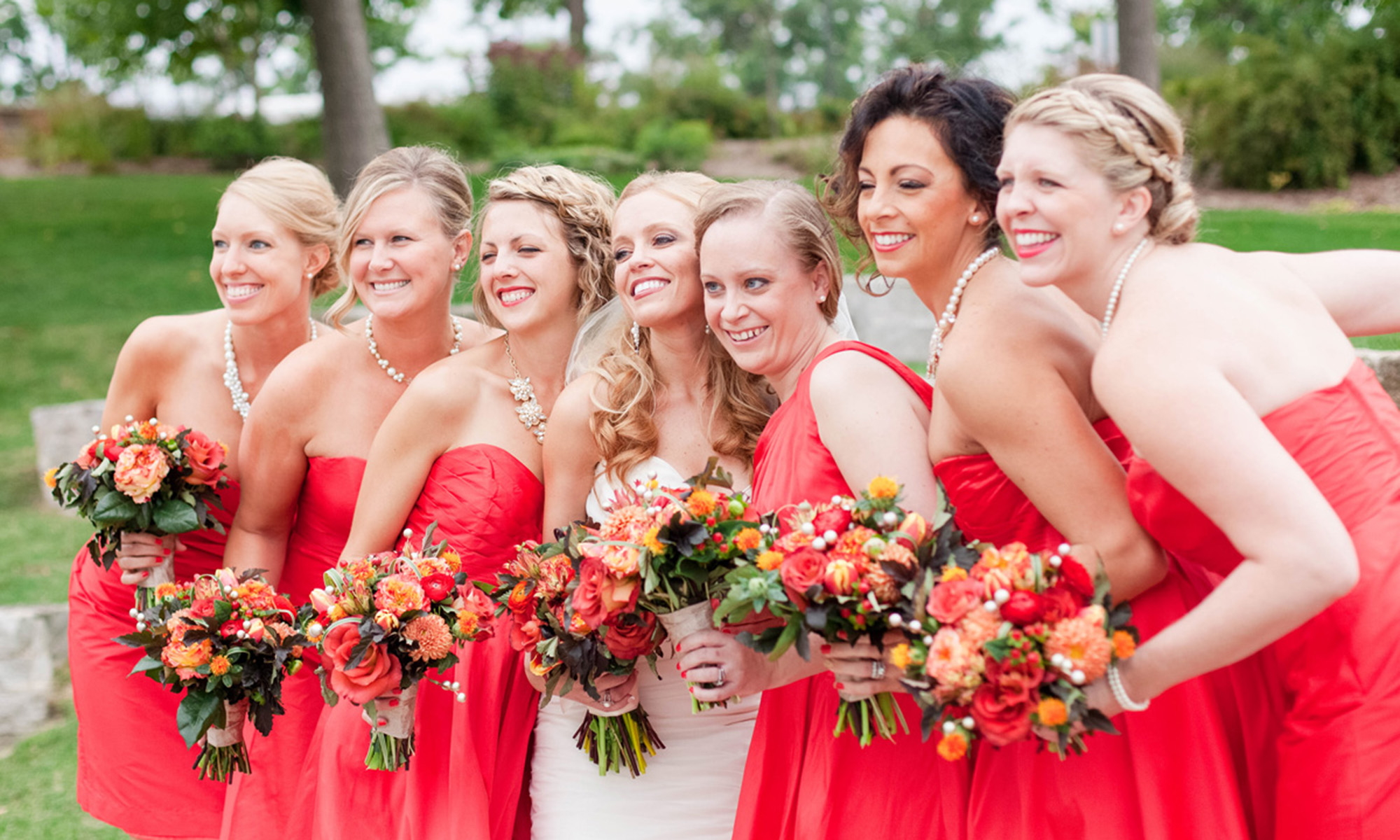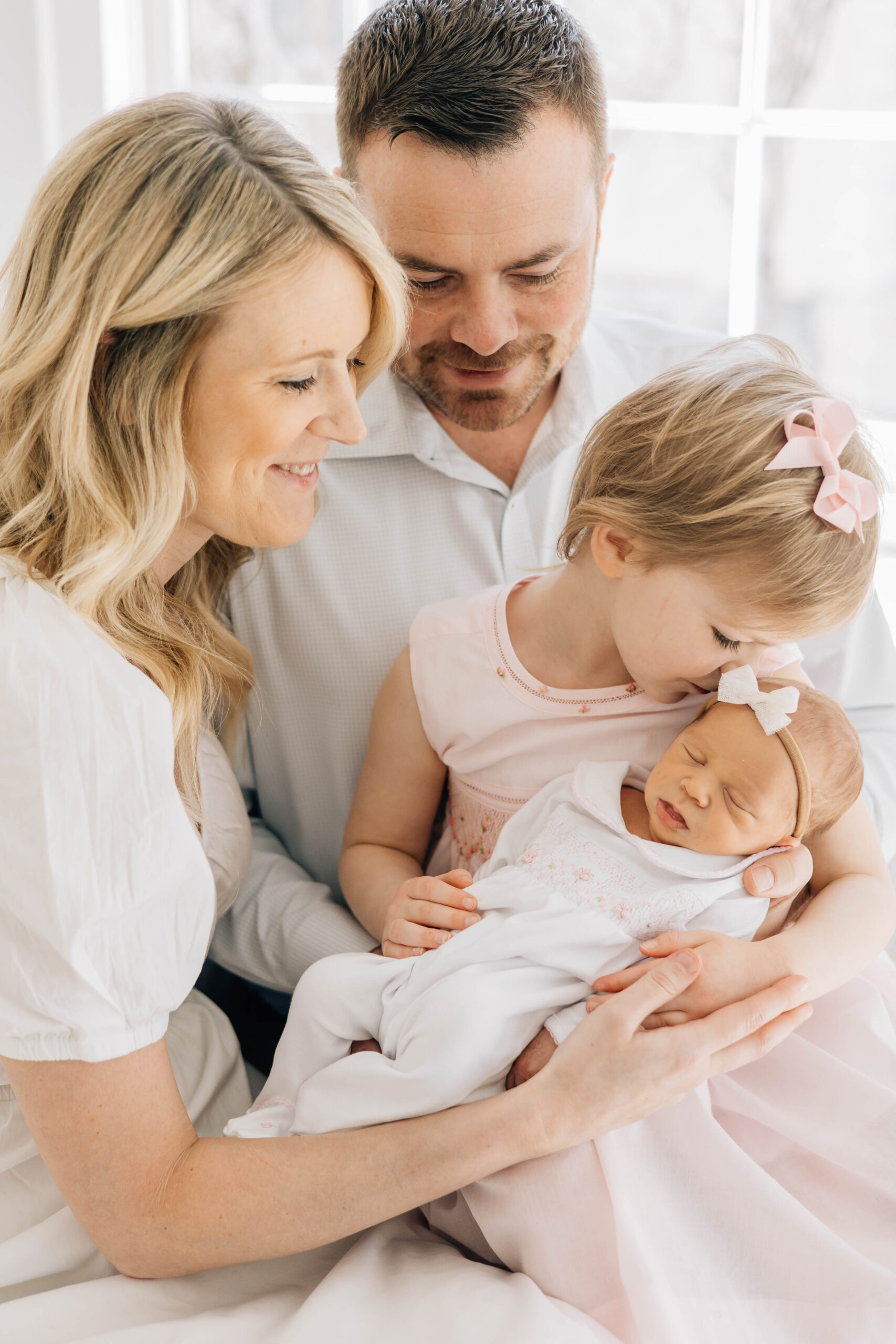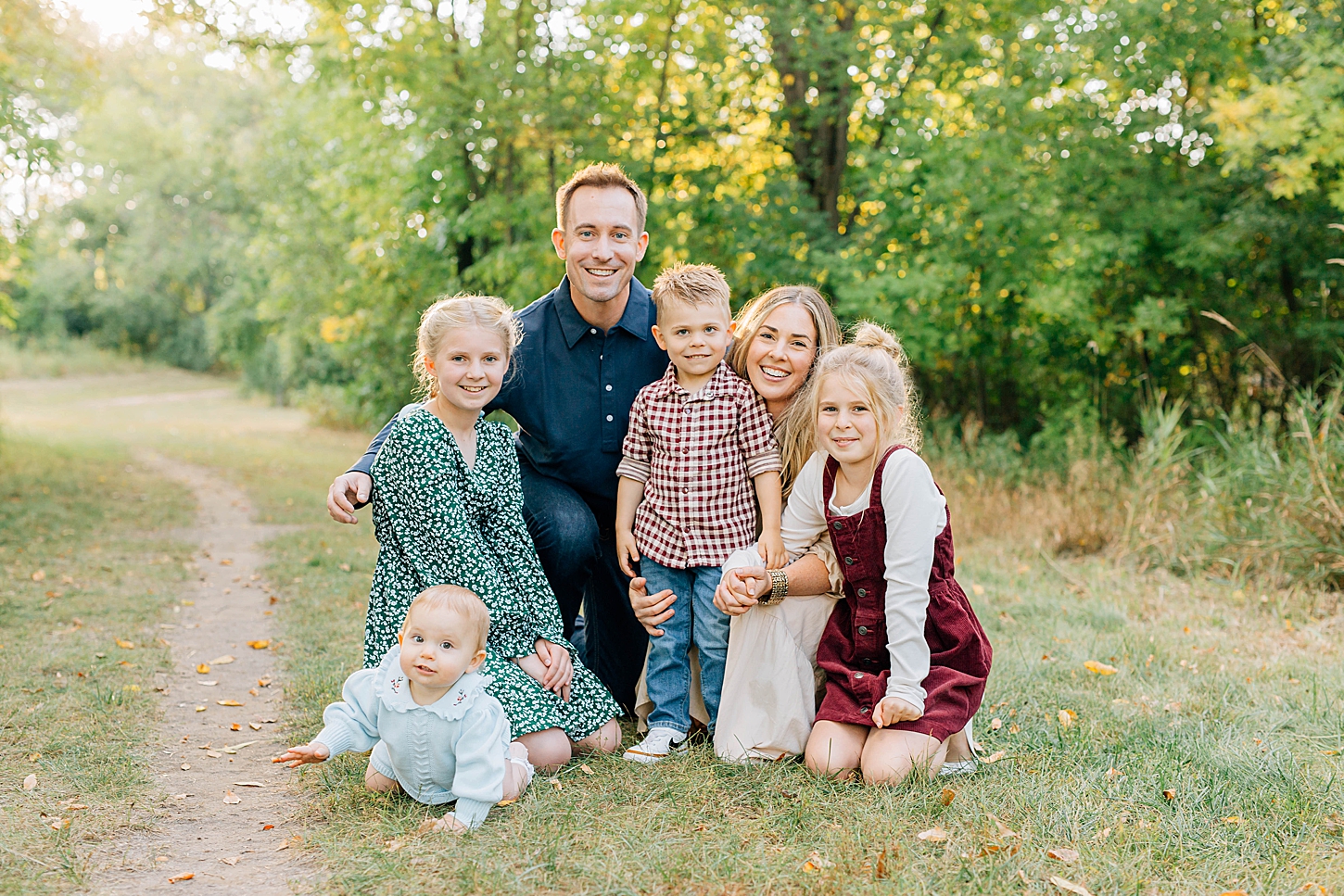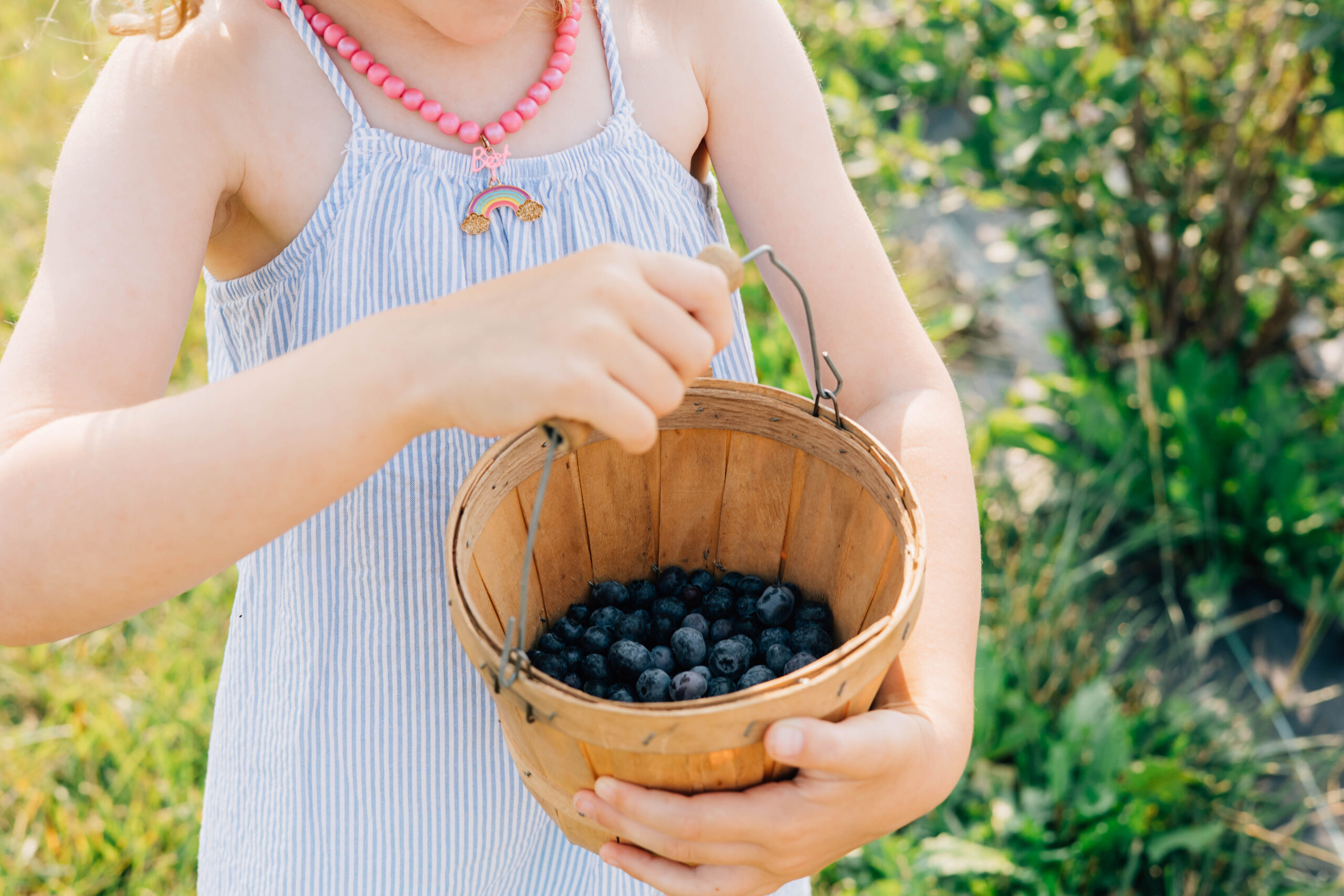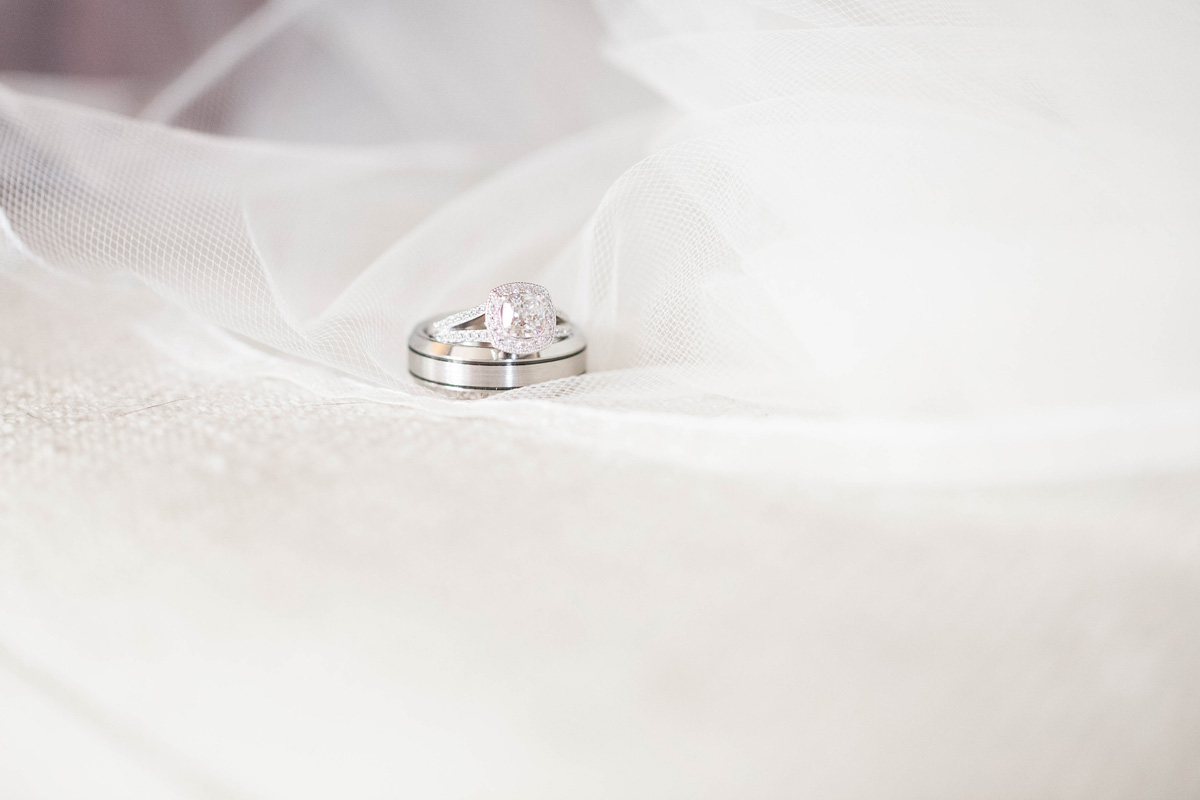
I’ve been fortunate to be in an industry with many creatives and mentors that have been willing to share so much helpful information with me. In return, I want to help others that are just getting started in their creative fields. I am going to be sharing some posts over the next few weeks that will include some tips that were shared with me or information I have learned. This week I am sharing about being a second shooter.
This past year, I have had incredible opportunities to second shoot with a few outstanding photographers that I look up to. Working as a second shooter creates pressure in a way that is different from being the primary photographer. Instead of being able to run the show, you have to step back and be able to take direction. You are essentially the support person for your primary photographer in addition to taking care of yourself. At the same time, second shooting provides the added benefits of learning new things while shadowing and finding alternative angles to work with. I truly enjoy being able to work in both roles! I wanted to write a bit about what I have learned as a second shooter as well as what to expect and how to act if you are thinking about becoming one. For those prospective wedding parties reading, this will be informative for you as well as some photographers have packages that include second shooters. It should clarify what expectations you can have if you choose a package with a second shooter.
While the primary photographer is focusing on the bride and groom front and center, I can take that time to shoot from the side, take a few extra steps back to create more of a foreground or capture those in-between moments when the main photographer decides to change position or location. I also have the added benefit of really slowing down and analyzing the environment around me, so I can capture the bride and groom in a different way from the primary photographer.
Being a second shooter for photographers that I have admired has been one of the best decisions that I have made in my business. I am so thankful that these businesswomen have not only trusted me enough to allow me to shoot with them, but that they really care about me and my experience while we work together. They are willing to teach me things I have been trying to improve on. For example, lighting a wedding reception differently and using a video light for a few last minute details at the end of the night. They send me encouraging emails and refer clients to me if they are already booked. These women are willing to share all their tips and tricks and answer all the questions I have about running your own small business. I have seen these opportunities as a growing experience and am so glad that I took as many chances as I have to continue my education as a photographer, not only for myself but for my clients too.
Here are the best and most important things I have learned as a second shooter:
- Pack all your camera gear. You never know if the primary photographer will need to borrow something of yours.
- Always be in communication with the primary photographer. Ask “are there certain shots you would like me to capture?” or “where would you like me for the ceremony?”
- Be ready to be a pack mule. Yes, you are there to shoot, but you also are in charge of their equipment along with yours. Be ready to grab a extra lens, CF card, light stand, or step stool.
- Know what the primary photographer needs before she even can ask. Like bring her a snack or water when you see she is starting to slow down. Give her fuel to push through the next few hours.
- Be ready to gather family members for family formals and to use your loud voice.
- Shoot like it is your own wedding without getting in the way of the primary photographer. Give them the best you got!
- Always show up prepared with the timeline for the day.
- Have your GPS handy at all times and be ready to drive to the next location.
- Show up with a smile, be ready to learn, have fun, and laugh a lot.
